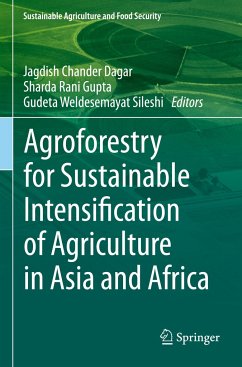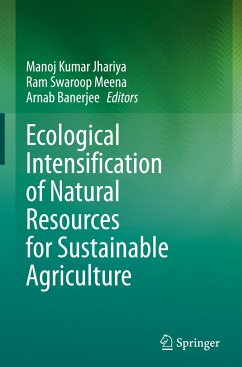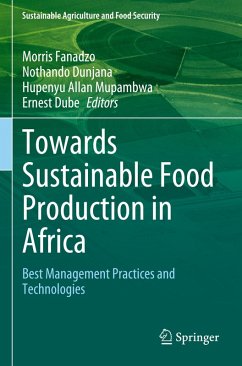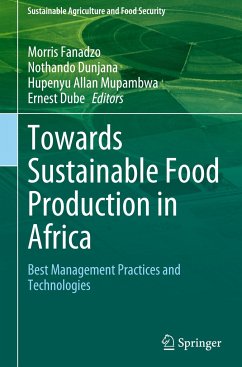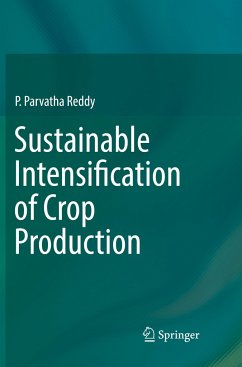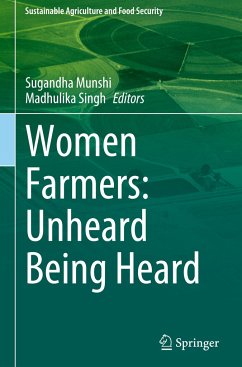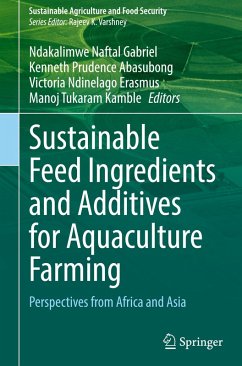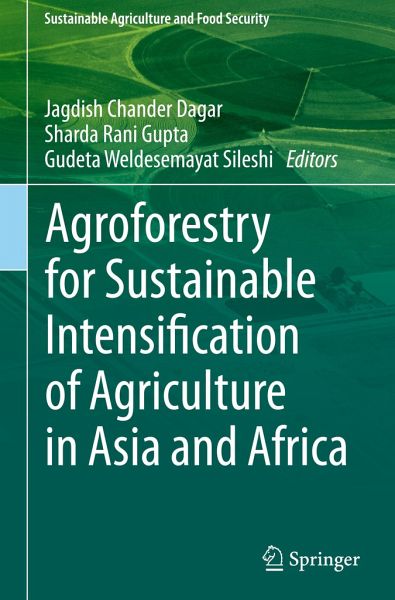
Agroforestry for Sustainable Intensification of Agriculture in Asia and Africa

PAYBACK Punkte
87 °P sammeln!
This edited book opens up new vistas for sustainable intensification in agriculture to provide food to ever growing population as well as adapting to the risks of global environmental change. Diverting from conventional agriculture, the book explores new dimensions and concepts that have been identified for future research and development in sustaining agriculture in Asia and Africa regions. The chapters are written by leading researchers and practitioners in the field of agroforestry. The book demonstrates how agroforestry could be instrumental in bringing stability and sustainability in agri...
This edited book opens up new vistas for sustainable intensification in agriculture to provide food to ever growing population as well as adapting to the risks of global environmental change. Diverting from conventional agriculture, the book explores new dimensions and concepts that have been identified for future research and development in sustaining agriculture in Asia and Africa regions. The chapters are written by leading researchers and practitioners in the field of agroforestry. The book demonstrates how agroforestry could be instrumental in bringing stability and sustainability in agricultural production. It offers sustainable solutions for the impending problems of climate change, ecosystem degradation, declining agricultural productivity, and uncertain food security. It is an essential resource for students in agroforestry courses, as well as a valuable introduction to the field for professionals in related areas.





